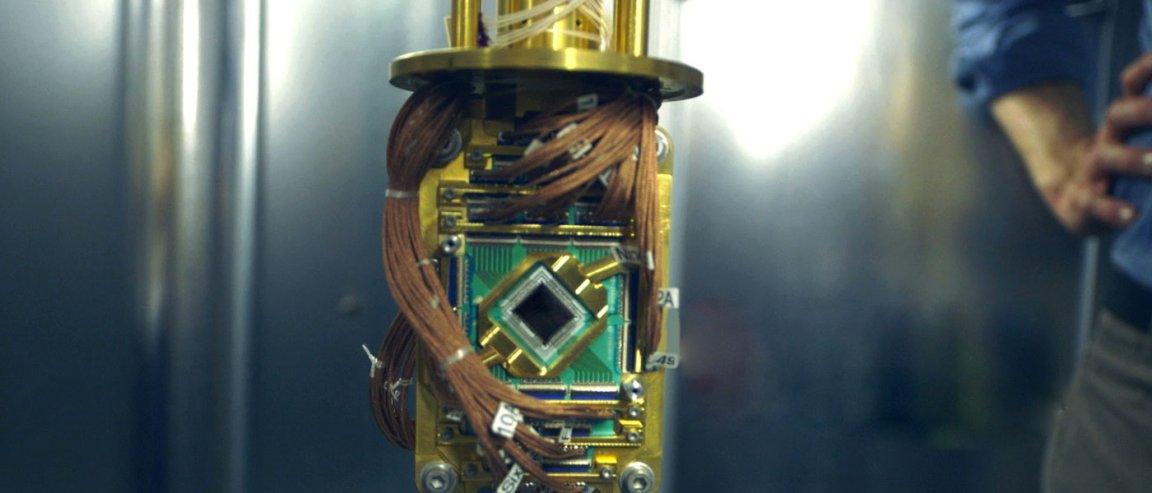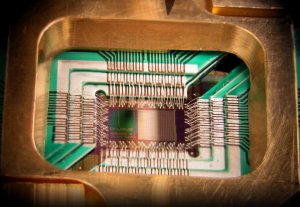
A Universal Quantum Computer
There are only a few quantum computers currently in existence, like D-Wave’s controversial quantum computers. But, without a doubt, when quantum computers become more accessible, these powerful machines will change the world. This technology is a game changer for many industries, and an international team of scientists unveiled today the first practical blueprint to build your own quantum computer.
Quantum computers operate at a different level compared to today’s regular computers, due primarily to how they process and encode information. Regular computers use bits (0s and 1s) to represent data. Quantum computers, on the other hand, rely on quantum bits (or qubits) that could be a 0 or a 1 at the same time. This is due to a strange quantum phenomenon called “superposition” which makes quantum computers more capable of handling computational processes. This “superposition,” however, is incredibly difficult to sustain.
“For many years, people said that it was completely impossible to construct an actual quantum computer. With our work we have not only shown that it can be done but now we are delivering a nuts and bolts construction plan to build an actual large-scale machine,” said Winfried Hensinger, lead researcher from the University of Sussex (UK), which worked on this project with Google, Aarhus University (Denmark), RIKEN (Japan), and Siegen University (Germany). They detail their research in the journal Science Advances.

Accessing the Future
According to lead author Bjoern Lekitsch, “It was most important to us to highlight the substantial technical challenges as well as to provide practical engineering solutions.” The team’s blueprint features an innovative design that allows actual qubits to be transmitted between individual quantum computing modules. These modules, instead of being connected via fiber optics, rely on connections generated by electric fields which transport ions from one module to another. These interconnected quantum computing modules create a machine that’s capable of achieving incredibly high levels of processing power.
However, this quantum computer won’t be replacing your home computer just yet. The blueprint is for building quantum computers at an industrial scale. They are intended to be built alongside individual sophisticated vacuum apparatus and integrated quantum computing silicon microchips where the ions are stored using electric fields. They are likely to take up entire buildings, not just space on an office desk.
Still, this is a huge step in making quantum computers more universally accessible. “The availability of a universal quantum computer may have a fundamental impact on society as a whole. Without doubt it is still challenging to build a large-scale machine, but now is the time to translate academic excellence into actual application building on the UK’s strengths in this ground-breaking technology. I am very excited to work with industry and government to make this happen.” The team has yet to construct a prototype using their blueprint.
Such a machine would absolutely revolutionize our ability to solve the most complex of science’s problems, develop superior lifesaving medicines, help explain the universe’s deepest mysteries, and more. With a publicly available blueprint, more scientists could actually collaborate to improve this technology, which would bring us closer to more practical quantum computers. Eventually, quantum computing could truly become available to all.